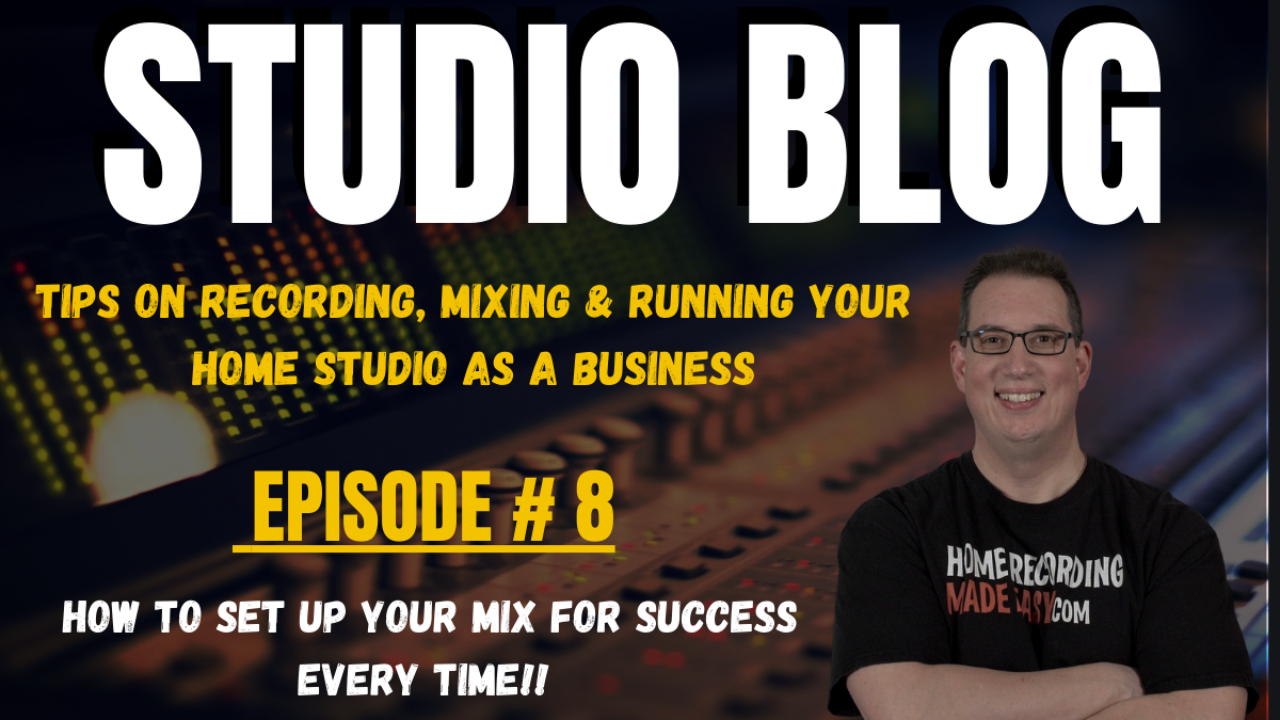Setting Up Your Mix For Success

Greetings to all audio engineers out there! I hope you're enjoying our ongoing discussion on how to set up a professional home recording studio. Today, we're taking a quick break from that topic to answer a question we received about mixing, which is perfect for beginners.
The question was, "How do I start my mix? What should I do first? Do you have a standard process before processing individual tracks?" Well, fear not, as I have a five-step process that I use to start every mix, which I'll share with you now.
First, I create a new project in my DAW and open my empty mix template. This template has 24 mono and six stereo audio tracks, each with a channel-strip plugin inserted, a master fader track with a mix bus compressor and tape saturation inserted, two effect send tracks (one for reverb and one for delay), and four group bus tracks (one for drums, guitars, vocals, etc.). I've color-coded the tracks by group to make them easier to find, and I suggest creating a blank mix template that you can save in your DAW for every mix. This way, you have a consistent framework to start with, saving you 30-40 minutes of session setup time.
Next, I import audio files into the project. This is a quick and easy step that varies from DAW to DAW.
Then, I strip silence from the audio files. This step is important for a few reasons. Firstly, it provides a clean and organized look, with no extra blank space cluttering everything up. Secondly, it saves CPU power by cutting out the areas where there's no audio signal. Finally, it ensures there's no noise on your tracks by removing audio in places where you might not see it. Don't forget to create a small fade-in and fade-out on each event to prevent clicks and pops.
The fourth step is gain staging, where I make sure there's no clipping on any individual tracks or the master fader before adding effects or starting the mixing process. I keep the master fader meter at -10db to -12db and lower any individual channel faders that are peaking above -6db to -10db. This ensures I have headroom at the mastering stage and avoids any clipping or distortion.
Lastly, I give the entire song a listen to get familiar with it and slightly adjust a fader or two to have some balance between all the instruments.
In conclusion, by following this five-step process, you'll be able to start your mix with a consistent framework, ensure there's no clipping, avoid any noise on your tracks, and save CPU power. Happy mixing!


